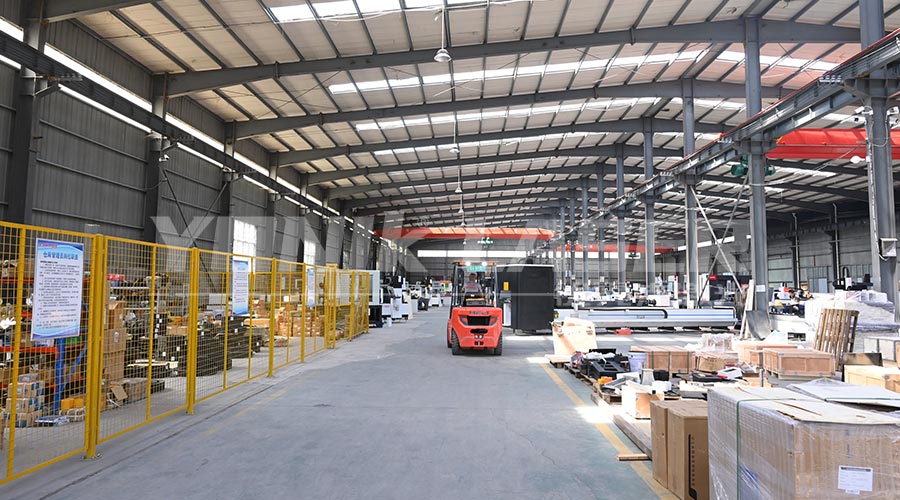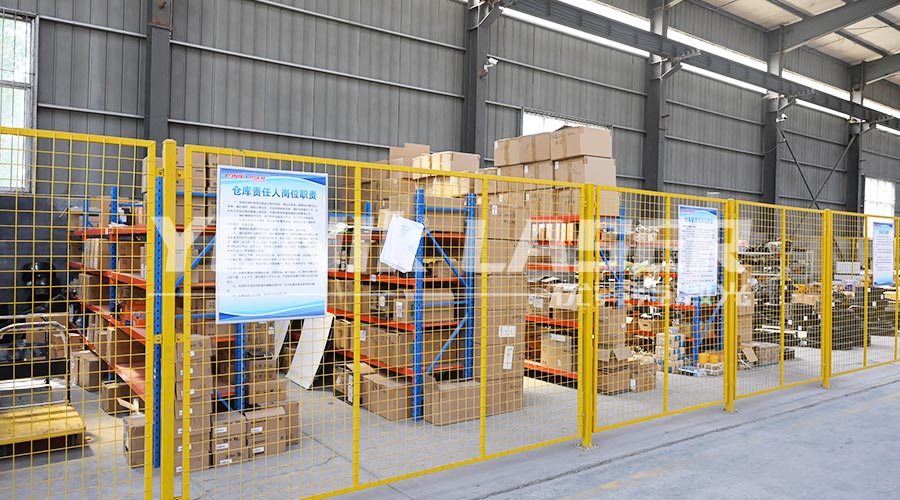As a key equipment in modern industrial manufacturing, laser cutting machine is favored by the manufacturing industry for its efficient and precise cutting ability. However, laser cutting machine will inevitably encounter various alarm and fault shutdown problems during operation, which not only affect production efficiency, but also may cause damage to the equipment. This article will introduce in detail the common alarm types, fault shutdown reasons and corresponding preventive measures of laser cutting machine, to help manufacturing practitioners better maintain and use laser cutting machine.

1. Common alarm types and treatment methods of laser cutting machine
Collision alarm:
Phenomenon: The laser cutting head collides with the workpiece or other parts of the machine tool.
Handling method: Immediately press the emergency stop button, check the cutting path and program, and after ensuring that there is no error, press the button to reset the alarm, and then press the start button to continue cutting.
Nozzle loss alarm:
Phenomenon: The laser cutting nozzle is loose or damaged.
Handling method: Check whether the nozzle is loose or worn, and replace it with a new nozzle if necessary.
Machine emergency stop alarm:
Phenomenon: The machine stops running due to an emergency.
Handling method: Press ctrl+r to reset, then press 6 to turn off the power and return to cutting. If it cannot be restored, turn off the power of the machine and restart it.
Oxygen/air/oil low pressure alarm:
Phenomenon: Insufficient oxygen, air or oil pressure.
Handling method: Check whether the corresponding valve is open, whether the air source or oil source is sufficient, and replenish or repair it if necessary.
Laser high pressure alarm:
Phenomenon: The laser high pressure is abnormal.
Handling method: Check whether the chiller is turned on, whether the air-conditioned room is kept at a constant temperature, and whether the laser power supply or emergency stop button is turned on.
Chiller high pressure protection alarm:
Phenomenon: The chiller high pressure protection is activated.
Handling method: Check whether the dust screen is clean and ensure that there are no obstacles around the chiller that affect ventilation.
2. Causes and preventive measures of laser cutting machine failure and shutdown
Coaxial offset failure:
Cause: The concentricity between the laser and the cutting nozzle is not good.
Preventive measures: Regularly call the CNC program for coaxial calibration to ensure that the laser and the cutting nozzle always maintain the best concentricity.
Follow-up alarm failure:
Cause: The follow-up system is abnormal or caused by collision.
Preventive measures: Use a flat metal plate during automatic calibration to ensure accurate calibration when switching between high and low cutting nozzles. At the same time, check the status of the follow-up system regularly to ensure its normal operation.
Cutting retraction failure:
Cause: Obstacles or program errors are encountered during cutting.
Preventive measures: Carefully check the cutting path and program before cutting to ensure that there are no errors. At the same time, pay close attention to the operating status of the machine tool during the cutting process and deal with abnormal situations in time.
Power failure:
Cause: Poor contact of the power connector, damage to the power supply, etc.
Preventive measures: Regularly check the power connector and power line to ensure that they are reliably connected. At the same time, equipped with backup power supply or UPS equipment to cope with sudden power outages.
Cooling system failure:
Cause: Insufficient cooling water, filter blockage, etc.
Preventive measures: Regularly replace cooling water, clean the filter, and ensure that the cooling system is unobstructed. At the same time, pay attention to changes in ambient temperature and adjust the cooling system parameters in time.
3. Comprehensive preventive measures
Strengthen equipment maintenance:

Regularly maintain the laser cutting machine, including cleaning the workbench, guide rails, racks and other components, applying anti-rust oil, etc.
Regularly check the connection of each component of the equipment to ensure reliable fastening.
Optimize cutting parameters:
Select appropriate cutting parameters such as power, speed, gas flow, etc. according to the type and thickness of the cutting material.
Regularly optimize and adjust the cutting parameters to improve cutting quality and efficiency.
Strengthen personnel training:
Train operators on laser cutting machine operating skills and troubleshooting capabilities.
Improve the safety awareness of operators and ensure that operating procedures are strictly followed during operation.
Establish a fault warning mechanism:
Use modern monitoring technology to monitor the operating status of the laser cutting machine in real time.
Establish a fault warning system to promptly detect and deal with potential fault hazards.
In summary, the alarm and fault shutdown problems of laser cutting machines cannot be ignored. By understanding the common alarm types and fault shutdown reasons, and taking corresponding preventive measures, we can effectively reduce the occurrence of these problems and improve the operating efficiency and stability of the laser cutting machine. At the same time, strengthening equipment maintenance, optimizing cutting parameters, strengthening personnel training and establishing a fault warning mechanism are also important measures to ensure the normal operation of the laser cutting machine.
2025-07-22
2025-07-21
2025-07-19